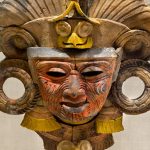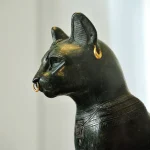Krak des Chevaliers: The Legendary Crusader Stronghold That Stands the Test of Time
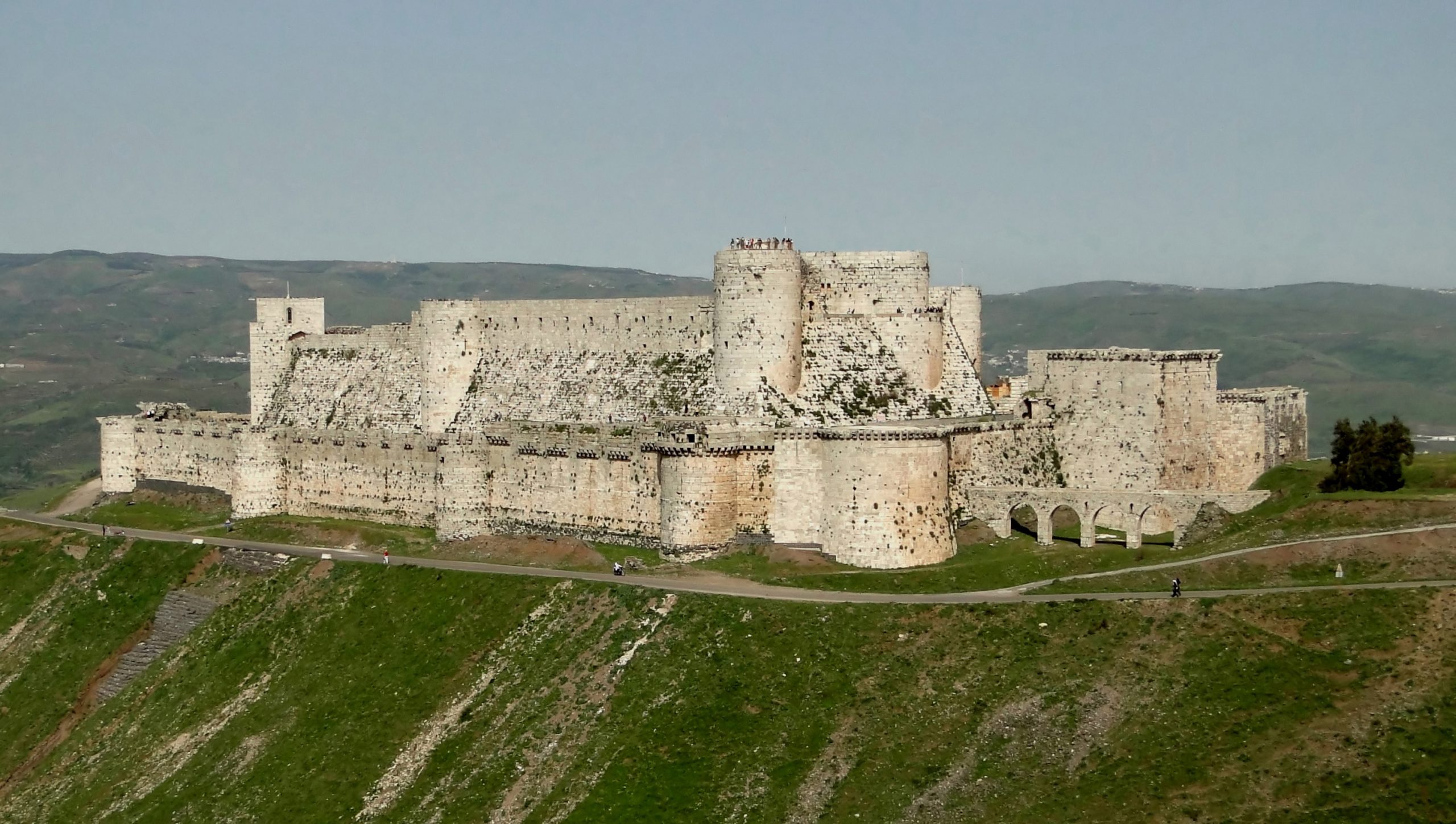
Nestled in the hills of Syria, just north of the bustling city of Homs, stands one of the most formidable and historic castles in the world: Krak des Chevaliers. Its imposing presence, steeped in centuries of warfare, diplomacy, and religious fervor, reflects the ever-changing tides of history. Known as the largest and most powerful Crusader stronghold in the Holy Land, Krak des Chevaliers has witnessed the rise and fall of empires, the ebb and flow of faith, and the transformation of an ancient fortress into a symbol of both resilience and decay.
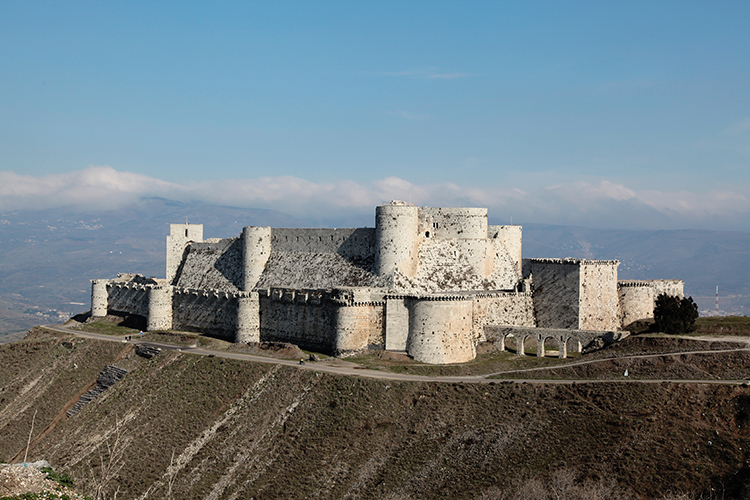
The Early Days: A Fortress in the Making
The history of Krak des Chevaliers stretches back long before the Crusaders arrived in the 12th century. Originally constructed by the Kurds in the 11th century, it served as a strategic military outpost in the heart of Syria, designed to defend against the constant threat of invasions from both Christian and Muslim forces. The fortress was initially built to take advantage of its location: perched on a natural spur, it offered a commanding view of the surrounding lands and served as a key point for controlling the region’s trade routes and military movements.
Before its capture by the Crusaders, Krak des Chevaliers was known as a Kurdish stronghold, a testament to the region’s complex history of shifting alliances and military conflicts. Its role as a military outpost was vital in the defense against neighboring invaders, but its significance would soon escalate dramatically.
The Crusaders’ Seizure: A Turning Point in History
When the Crusaders arrived in the Holy Land in 1099, they were seeking to recapture Jerusalem from Muslim rule. Their military conquests left a trail of fortified castles, each serving as a base for further military campaigns. Among these castles, Krak des Chevaliers would soon emerge as one of the most important strongholds for the Crusader cause.
After the initial Crusader conquest, Krak des Chevaliers changed hands several times. The fortifications of the castle were frequently strengthened and modified as the Crusaders attempted to secure it as their key stronghold in the region. The castle’s first major transformation occurred in 1142, when the Knights Hospitaller, a Catholic military order that had participated in the Crusades, took control of the fortress.
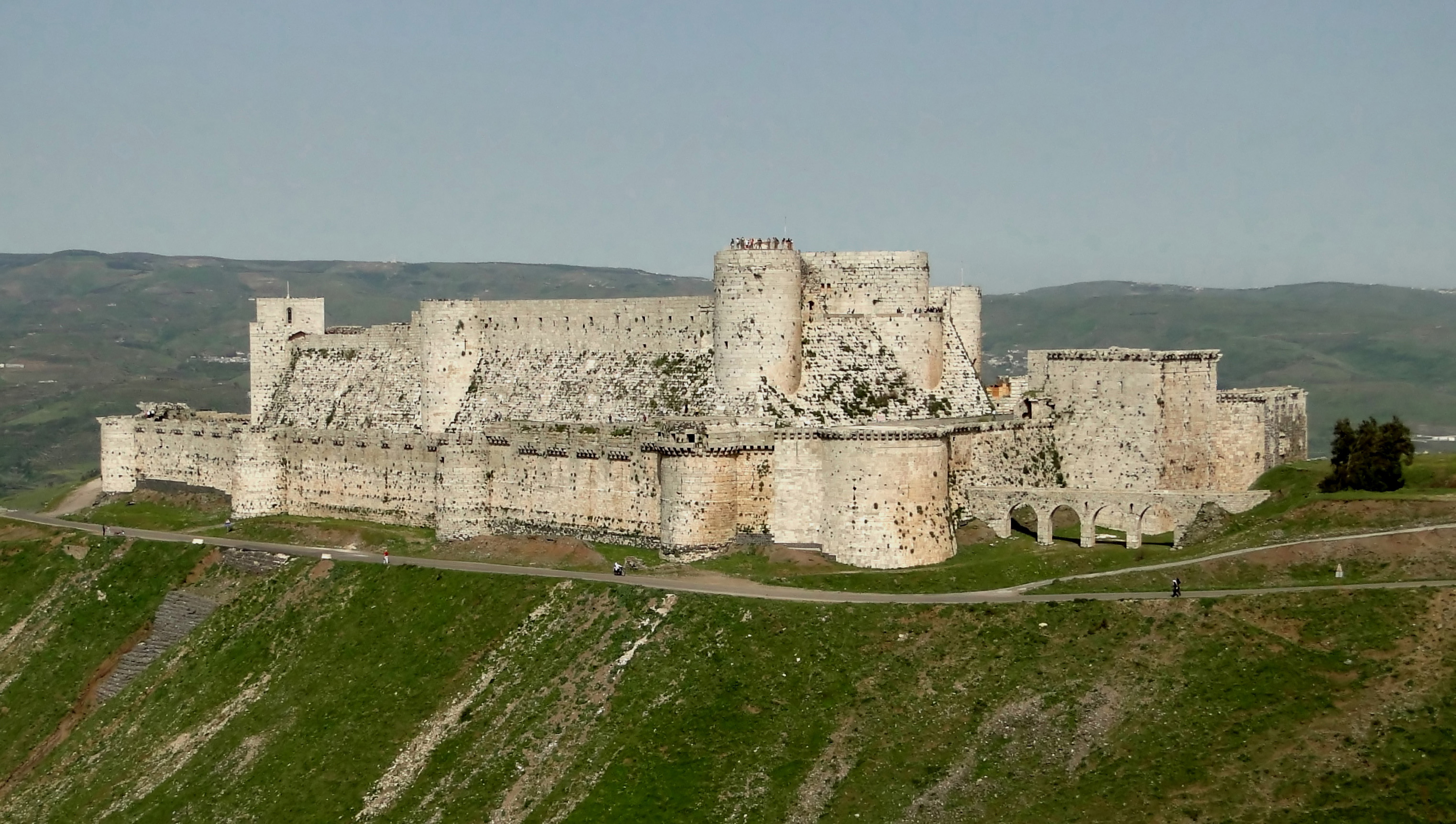
The Knights Hospitaller and the Fortress’ Golden Age
When the Knights Hospitaller took over Krak des Chevaliers, they began a monumental reconstruction effort that would transform the fortress into one of the most formidable military complexes of the medieval world. The Hospitallers were known for their military prowess, and under their command, the castle was transformed from a simple outpost into a sprawling, heavily fortified stronghold.
The architecture of Krak des Chevaliers is a masterpiece of medieval military engineering. Its outer walls are thick and nearly impenetrable, punctuated by towers designed to provide maximum defense against siege weapons. The interior of the fortress was just as impressive, with an intricate network of passageways, chambers, and hidden rooms, many of which were carved directly into the rock. These features not only made it an effective fortress but also allowed the defenders to withstand prolonged sieges, living off the provisions stored within the castle’s walls.
The castle’s strategic location, perched on a steep ridge, ensured that it could not be easily besieged. The view from the top of Krak des Chevaliers offered a tactical advantage, allowing the Crusaders to monitor the surrounding areas and prepare for any approaching enemy forces. Moreover, the Hospitallers created a system of water storage and defense mechanisms that ensured the castle could sustain itself for extended periods, even during a siege.
Krak des Chevaliers in the Crusades: A Fortress of the Holy Land
Krak des Chevaliers quickly became one of the most important military hubs of the Crusader states in the Levant. As the Crusaders sought to establish a foothold in the Holy Land, the castle played a crucial role in protecting the Christian territories against Muslim forces, particularly the armies of the Ayyubid Sultanate.
One of the most significant sieges of Krak des Chevaliers took place in 1271 during the reign of Sultan Baibars of the Mamluk Sultanate. Baibars had already achieved numerous victories over the Crusaders, and the siege of Krak des Chevaliers was part of his larger campaign to expel the Crusaders from the Levant.
Despite being outnumbered, the Crusader defenders held their ground for several years, demonstrating the castle’s resilience and the strategic brilliance of its design. However, after prolonged resistance, the defenders were eventually forced to surrender. The fall of Krak des Chevaliers marked the end of Crusader rule in Syria and the loss of one of the most important Christian strongholds in the region.

The Ottoman Period and Decline
Following the Crusades, Krak des Chevaliers continued to serve as a military stronghold under various rulers, including the Ottomans. However, its importance gradually diminished as the geopolitical landscape of the region shifted. Under Ottoman rule, the fortress was not used to its full potential, and over time, the once-mighty castle fell into neglect.
Despite its gradual decline, Krak des Chevaliers retained a sense of grandeur, and it continued to stand as a reminder of the turbulent history of the Crusader period. It became a subject of fascination for historians and archaeologists, who sought to uncover its secrets and understand its role in the broader context of medieval warfare.
The Syrian Civil War: A New Chapter of Destruction
The most recent chapter in the history of Krak des Chevaliers began in the 21st century, when the Syrian Civil War engulfed the country. Despite the fortress’s long history of survival through war, the modern conflict took its toll on the ancient structure.
The castle was damaged during the civil war, as artillery shells and airstrikes struck the once-immaculate walls. Many of the castle’s towers, walls, and battlements were affected, and parts of the fortress were destroyed beyond repair. This marked the latest chapter in a long history of destruction and rebirth for Krak des Chevaliers.




